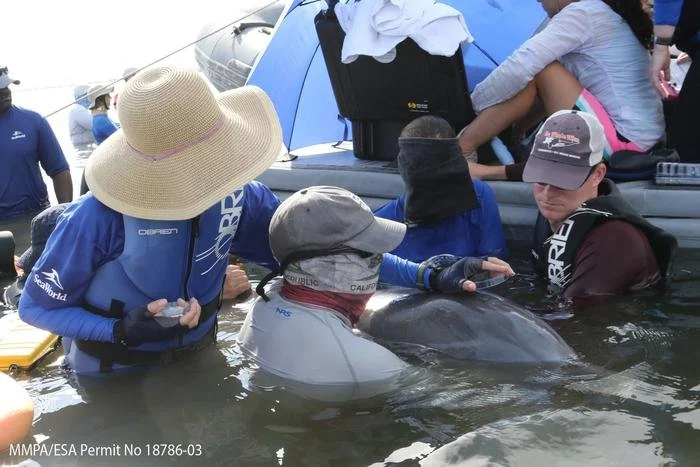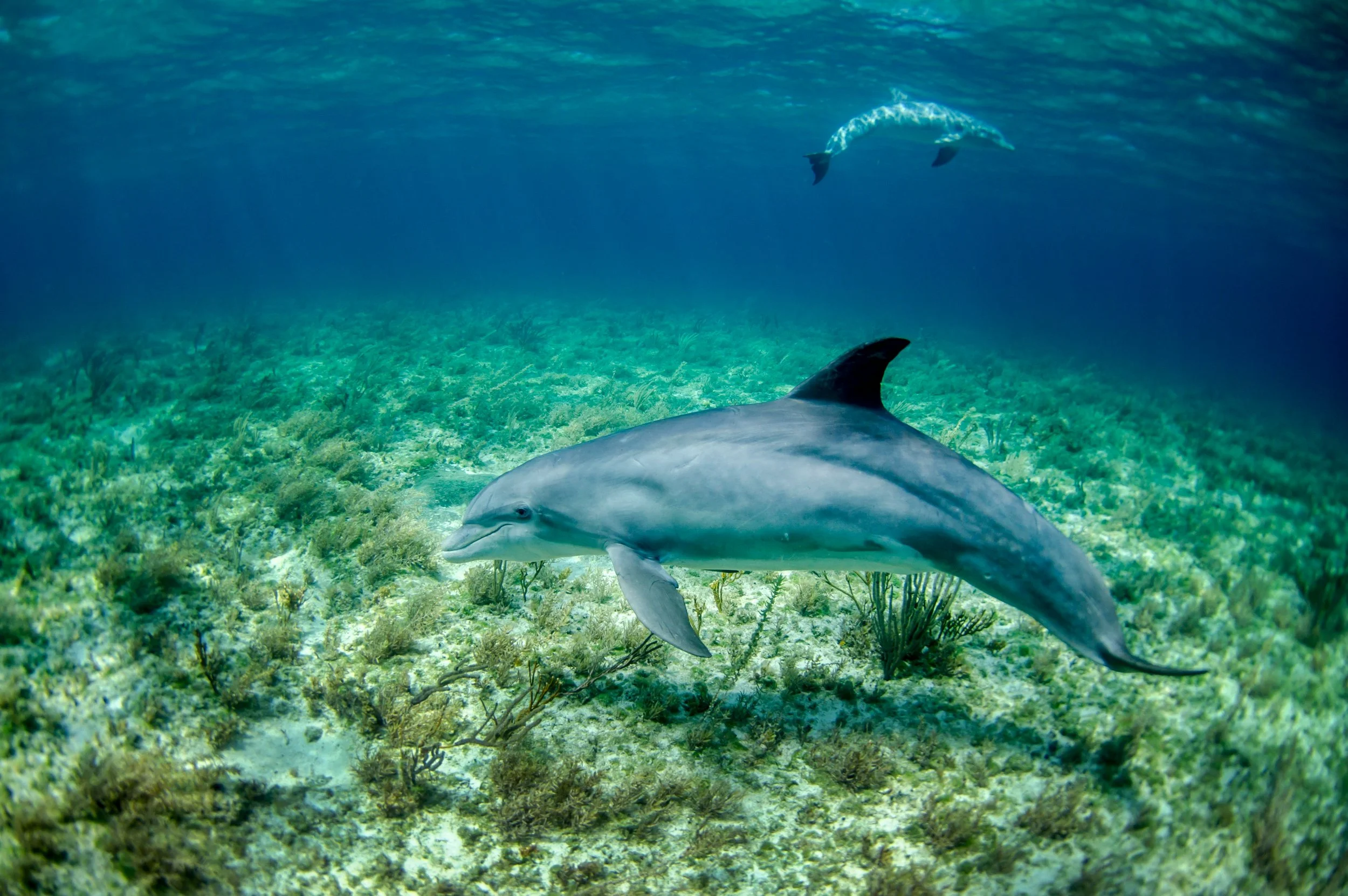The scientific research reveals that microplastic exposure is now so widespread that it has been detected in wild bottlenose dolphins.A recent scientific study has revealed that microplastics have been detected in the breath of wild dolphins, an alarming indication of how human-made pollutants are affecting wildlife.
Microplastic exposure—resulting from tiny plastic particles—has now become widespread in both human and animal populations due to decades of plastic production. The extensive use and disposal of plastic have led to nearly unavoidable exposure; microplastics can be ingested through food, water, and even air.
For humans, ingested microplastics are known to negatively impact health, causing inflammation and exposing the body to harmful chemicals present in plastics. The pollution issue has become so pervasive that a recent study found microplastics in every human testicle sampled.
Scientists are now uncovering the spread of microplastics in wildlife, with new research showing, for the first time, the presence of microplastics in the exhaled air of dolphins.
This study involved gathering air samples from wild bottlenose dolphins during health assessments conducted by wildlife experts in Sarasota Bay, Florida, and Barataria Bay, Louisiana. Air was collected by holding a sampling surface above the dolphins’ blowholes as they exhaled. Analysis revealed that all eleven dolphins tested exhaled at least one microplastic particle.
Further examination identified the particles as various plastic polymers, such as polyethylene terephthalate (PET), polyester, and polyamide. Identifying the specific types of plastic helps scientists trace the sources of exposure; for example, polyethylene is often used in plastic bags.

The study also found that many particles were made of polyester, commonly used in clothing, which sheds microplastics into the environment with each wear and wash cycle.

“Finding microplastics in dolphins’ exhaled breath underscores the extent of environmental microplastic pollution,” stated study co-authors Leslie Hart and Miranda Dziobak, whose work was published in the journal PLOS ONE. They expressed particular concern over potential health risks to dolphins, given the animals’ large lung capacity and deep breathing, which may result in dolphins inhaling more microplastics than humans.
“Human research has shown that microplastic inhalation can lead to lung inflammation and other respiratory issues, so dolphins could face even greater health risks if exposed to higher doses,” the authors explained.
This initial study, marking the first evidence of microplastic inhalation in free-ranging small cetaceans, may prompt further investigations into the potential health consequences for dolphins.
